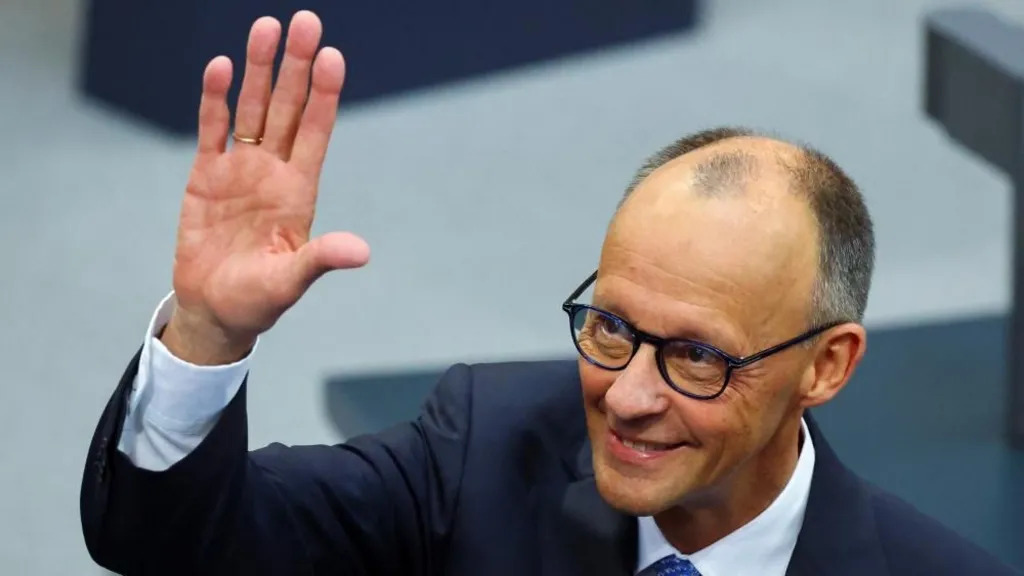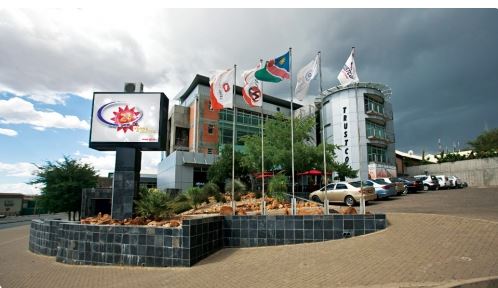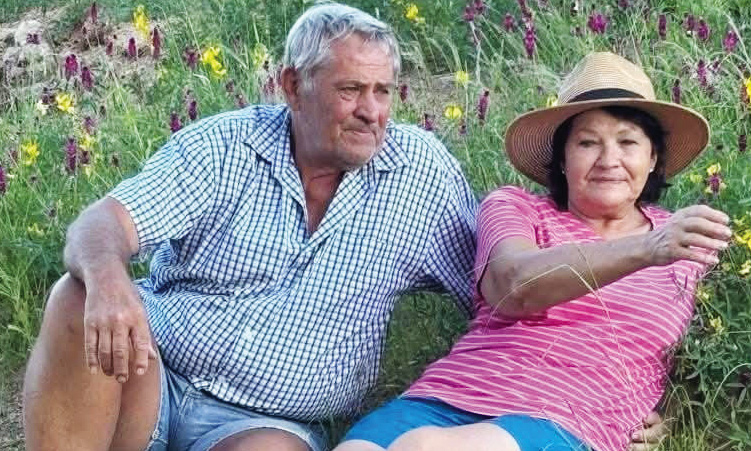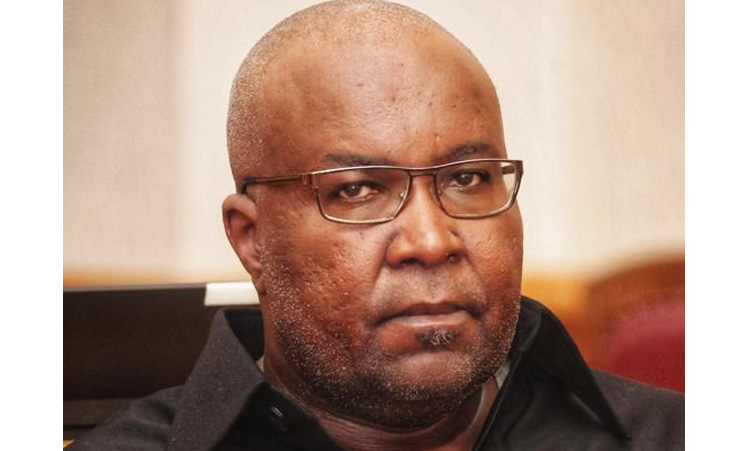LUSAKA – A critical shortage of doctors and nurses is causing unnecessary disease and death across much of the developing world as healthcare workers seek jobs in rich nations, the World Health Organisation said on Friday.
More than four million more health professionals are urgently needed to fill the medical gap in 57 countries, mostly in Africa and rural areas of Asia, the United Nations agency said in its annual World Health Report 2006. “On average one in four doctors and one nurse in 20 trained in Africa is working in (developed) countries.Some countries have been hit harder than others, for example 29 per cent of Ghana’s physicians are working abroad, as are 34 per cent of Zimbabwe’s nurses,” the WHO report said.WHO Director General Lee Jong-wook said the shortage of health workers in the developing world was critical and could threaten the UN’s Millennium Development Goals, a blueprint to halve poverty 2015.”If we don’t take action now, the millennium development goals will remain an empty promise and there are many empty promises in this world,” he told a news conference in Zambia.”There is a need to increase spending on health and to improve the supply of medicines and equipment too,” Lee said.Worst-hit countries, which spend an average $33 per person per year on health care, need to boost their annual budgets to at least $43 per person within the next 20 years to tackle the crisis, WHO said.”There is a shortage in 57 countries across the globe that is inhibiting provision of essential lifesaving interventions such as childhood immunisations,” WHO Assistant Director-General Tim Evans said.The WHO report highlighted huge inequities in the global healthcare system, which threatened to deepen as rich countries attracted doctors and nurses from poorer nations which bear the brunt of health crises like AIDS, malaria and tuberculosis.CHARITY BLAMES IMF British-based charity Save the Children placed much of the blame squarely on the International Monetary Fund (IMF), which it accused of imposing spending restrictions on African governments which prevent them from investing in healthcare.”It is shameful that thousands of children across Africa continue to die every day from diarrhoea, malaria and measles,” Save the Children UK Chief Executive Jasmine Whitbread said in a statement.”This is primarily because hospitals and clinics suffer from under-investment, migration of doctors and nurses, and crippling restrictions on spending imposed by the IMF.”The Americas, which account for just 10 per cent of the global disease burden, have 37 per cent of the world’s health care workers and spend more than 50 per cent of the world’s health budget, the WHO report said.Africa, by contrast, has 24 per cent of the disease burden but just three per cent of the health care workforce and accounts for less than 1 per cent of the health spending.Zambian Vice President Lupando Mwape, speaking at an event marking World Health Day in Lusaka on Friday, said the shortage of doctors and nurses was sending many Africans to their graves.”The shortage of medical personnel has now reached its peak and this is resulting in many deaths which could otherwise be avoided,” Mwape said.”About 600 000 people in Sub-Saharan Africa die from tuberculosis annually while 800 000 children die from communicable diseases,” he said.British-based charity Oxfam says there is one doctor per 14 000 people in Zambia compared with the ratio of 1 to 600 in Britain.”Rich country governments must ensure the aid promised last year is used to pay for the millions of doctors, nurses and teachers which are so badly needed,” Barbara Stocking, director of Oxfam, said in a statement.- Nampa-Reuters”On average one in four doctors and one nurse in 20 trained in Africa is working in (developed) countries.Some countries have been hit harder than others, for example 29 per cent of Ghana’s physicians are working abroad, as are 34 per cent of Zimbabwe’s nurses,” the WHO report said.WHO Director General Lee Jong-wook said the shortage of health workers in the developing world was critical and could threaten the UN’s Millennium Development Goals, a blueprint to halve poverty 2015.”If we don’t take action now, the millennium development goals will remain an empty promise and there are many empty promises in this world,” he told a news conference in Zambia.”There is a need to increase spending on health and to improve the supply of medicines and equipment too,” Lee said.Worst-hit countries, which spend an average $33 per person per year on health care, need to boost their annual budgets to at least $43 per person within the next 20 years to tackle the crisis, WHO said.”There is a shortage in 57 countries across the globe that is inhibiting provision of essential lifesaving interventions such as childhood immunisations,” WHO Assistant Director-General Tim Evans said.The WHO report highlighted huge inequities in the global healthcare system, which threatened to deepen as rich countries attracted doctors and nurses from poorer nations which bear the brunt of health crises like AIDS, malaria and tuberculosis.CHARITY BLAMES IMF British-based charity Save the Children placed much of the blame squarely on the International Monetary Fund (IMF), which it accused of imposing spending restrictions on African governments which prevent them from investing in healthcare.”It is shameful that thousands of children across Africa continue to die every day from diarrhoea, malaria and measles,” Save the Children UK Chief Executive Jasmine Whitbread said in a statement.”This is primarily because hospitals and clinics suffer from under-investment, migration of doctors and nurses, and crippling restrictions on spending imposed by the IMF.”The Americas, which account for just 10 per cent of the global disease burden, have 37 per cent of the world’s health care workers and spend more than 50 per cent of the world’s health budget, the WHO report said.Africa, by contrast, has 24 per cent of the disease burden but just three per cent of the health care workforce and accounts for less than 1 per cent of the health spending.Zambian Vice President Lupando Mwape, speaking at an event marking World Health Day in Lusaka on Friday, said the shortage of doctors and nurses was sending many Africans to their graves.”The shortage of medical personnel has now reached its peak and this is resulting in many deaths which could otherwise be avoided,” Mwape said.”About 600 000 people in Sub-Saharan Africa die from tuberculosis annually while 800 000 children die from communicable diseases,” he said.British-based charity Oxfam says there is one doctor per 14 000 people in Zambia compared with the ratio of 1 to 600 in Britain.”Rich country governments must ensure the aid promised last year is used to pay for the millions of doctors, nurses and teachers which are so badly needed,” Barbara Stocking, director of Oxfam, said in a statement.- Nampa-Reuters
Stay informed with The Namibian – your source for credible journalism. Get in-depth reporting and opinions for
only N$85 a month. Invest in journalism, invest in democracy –
Subscribe Now!










